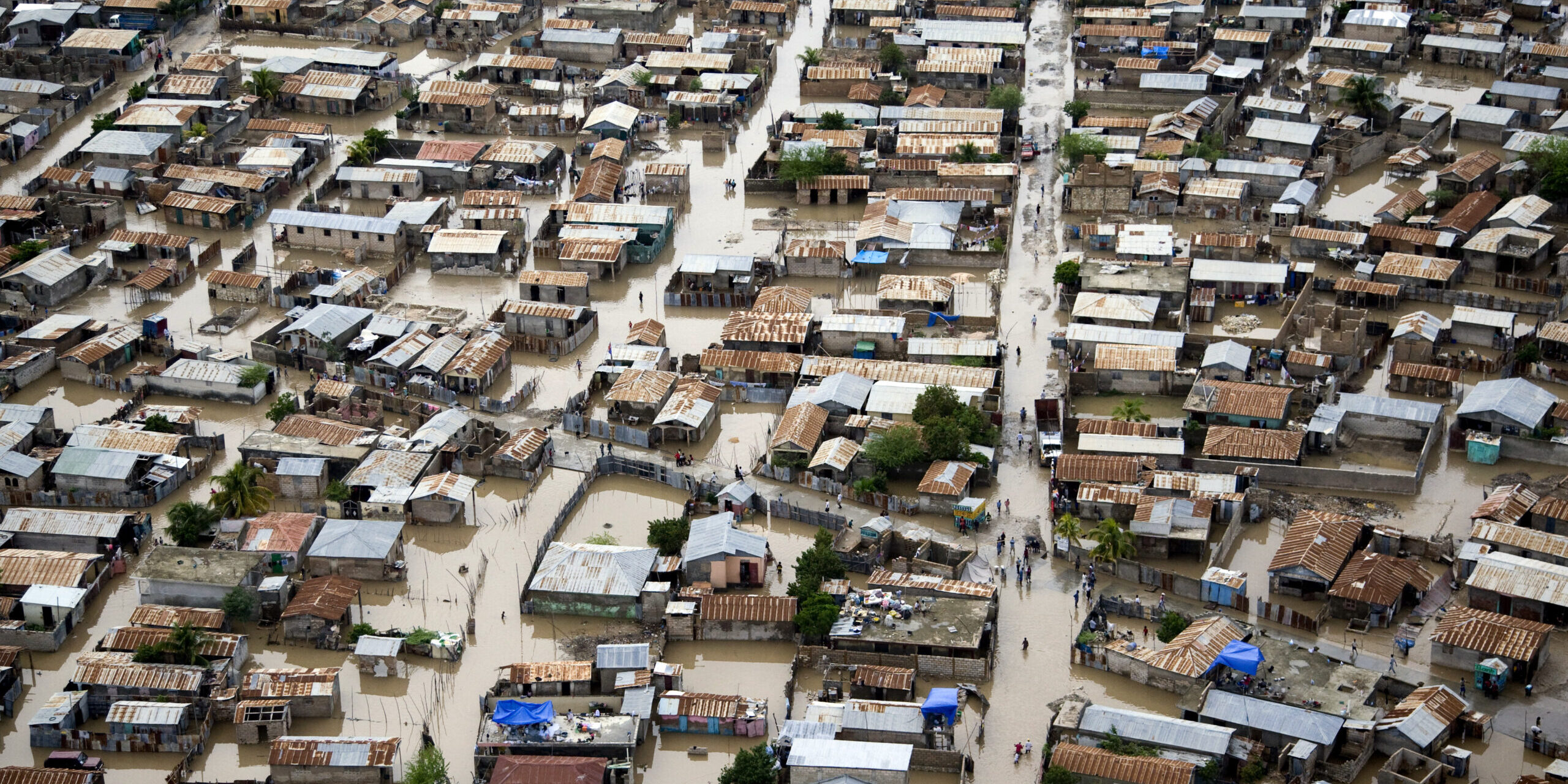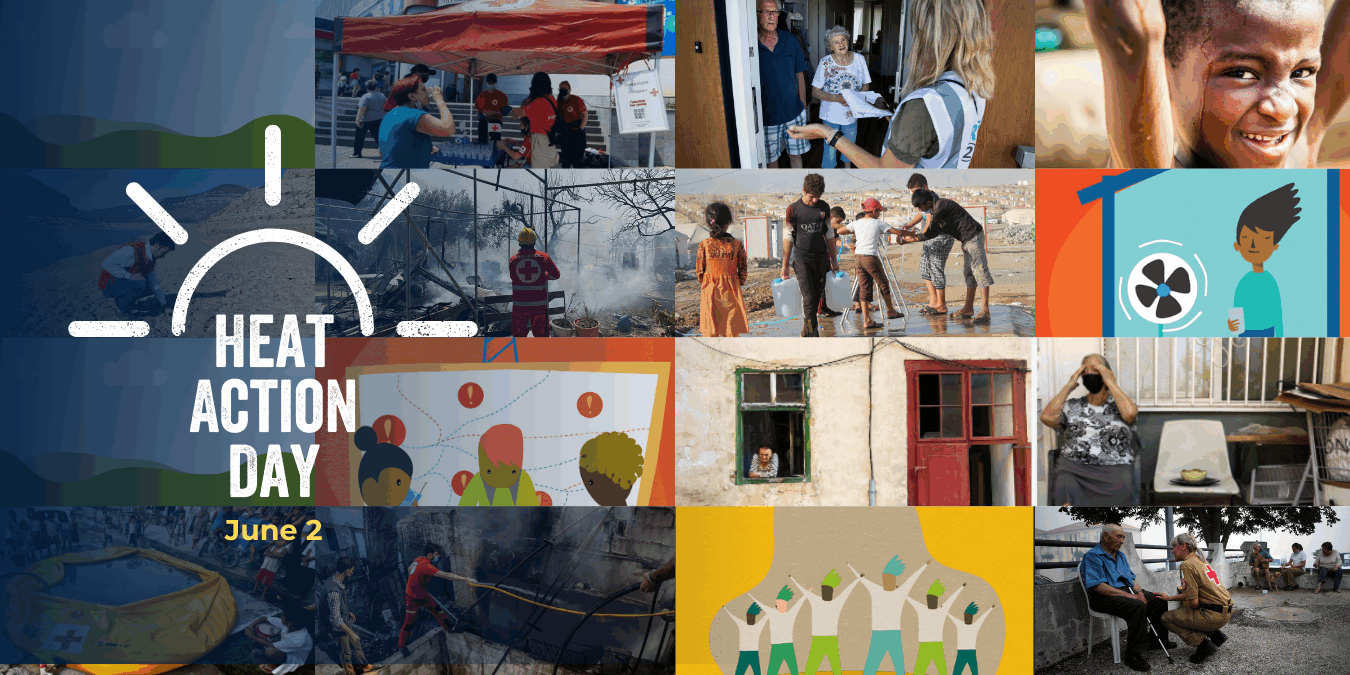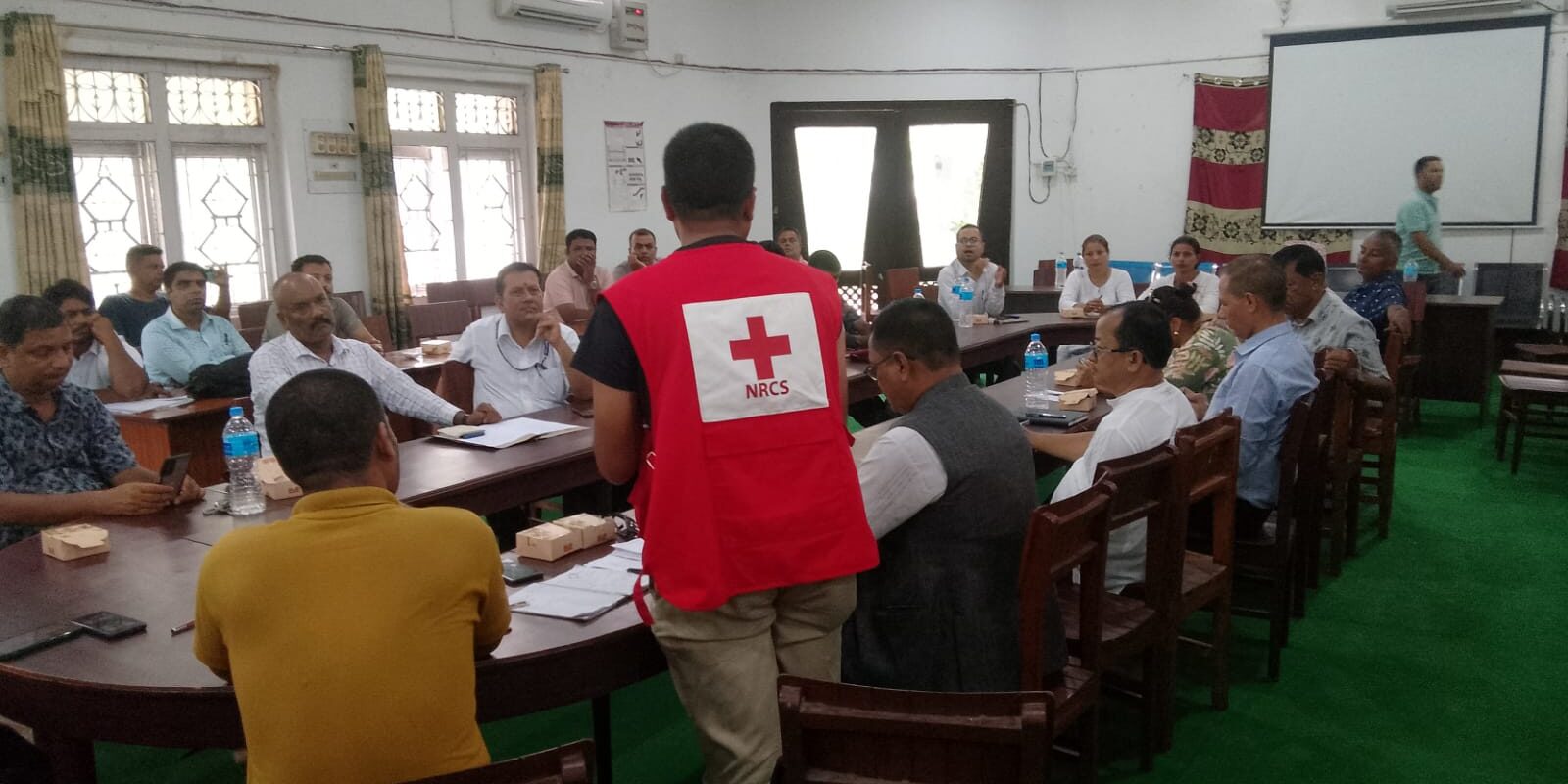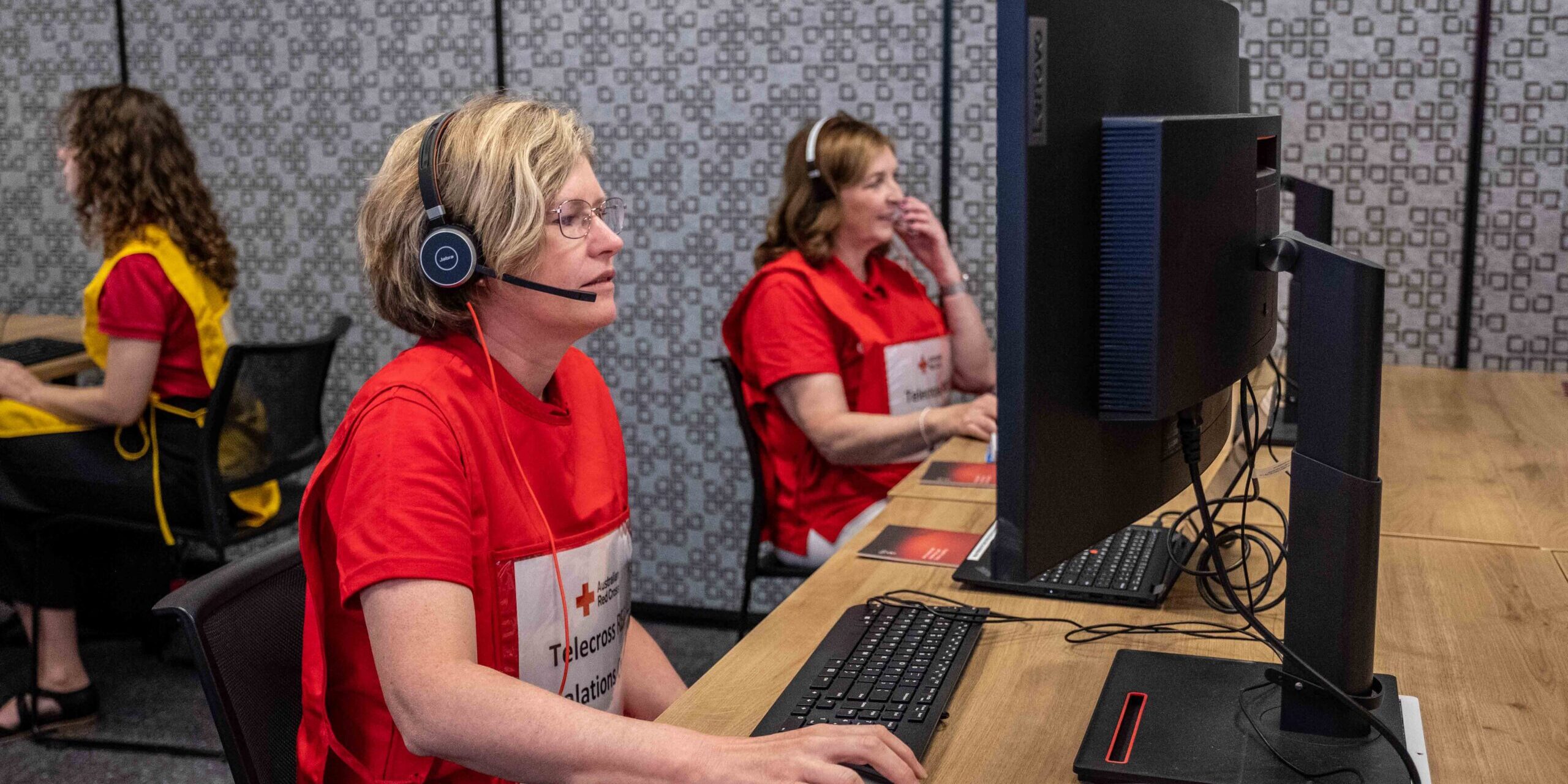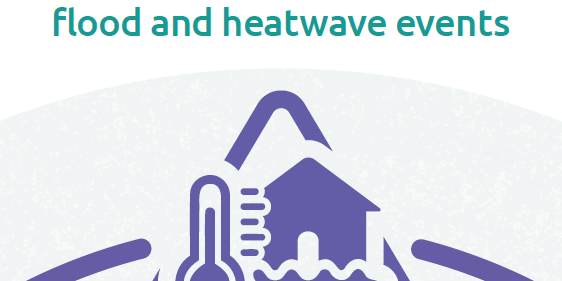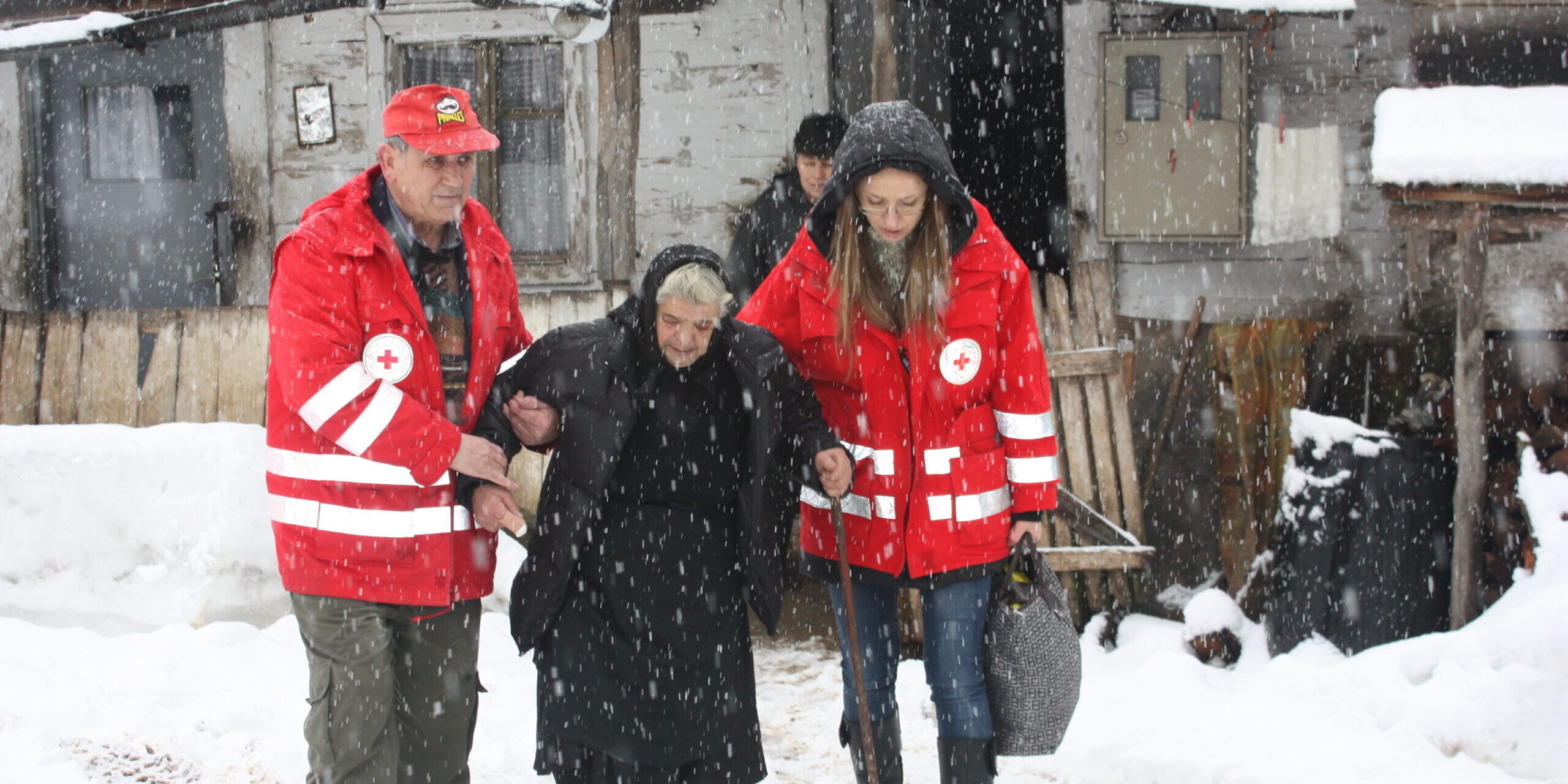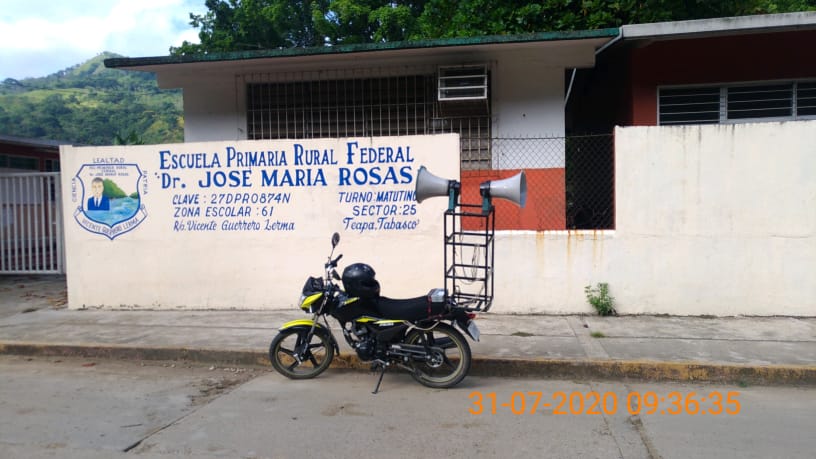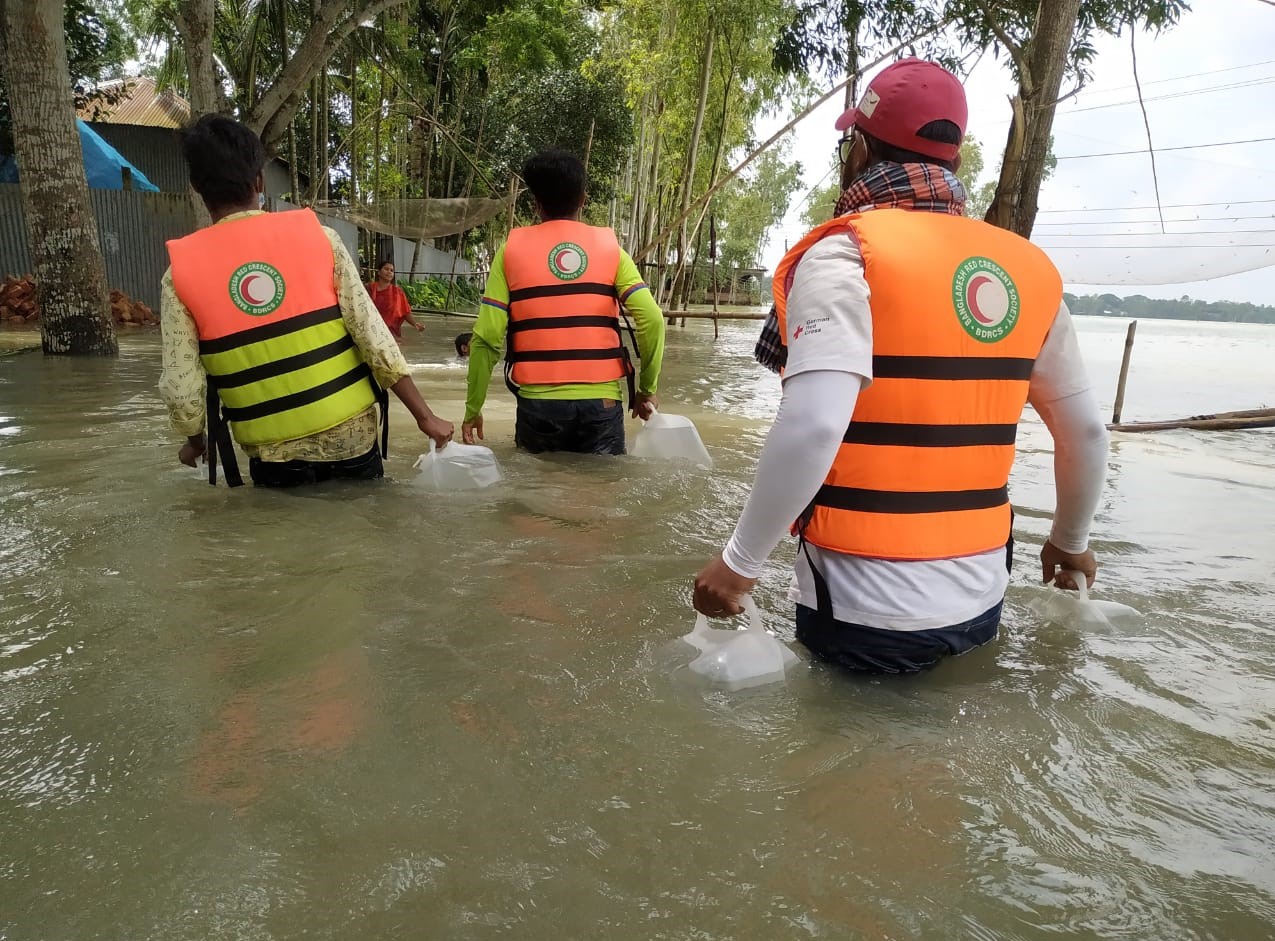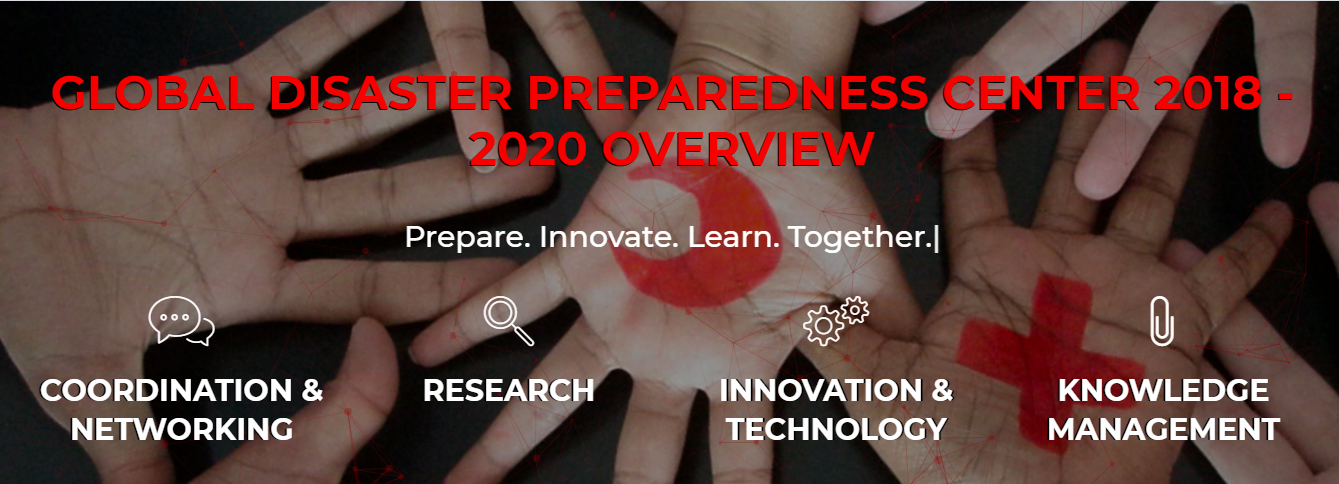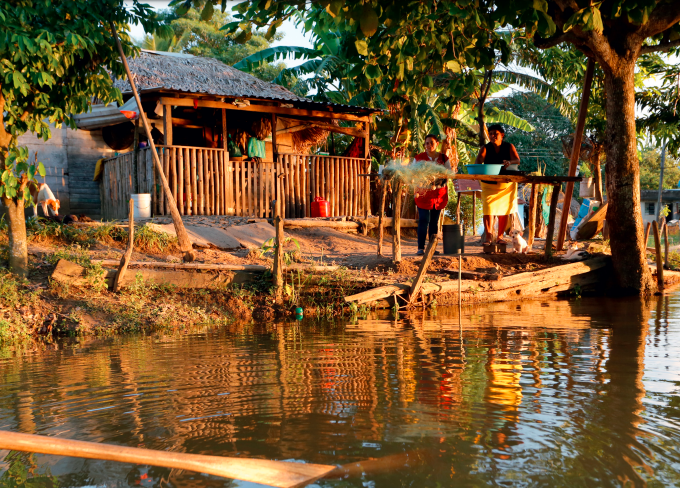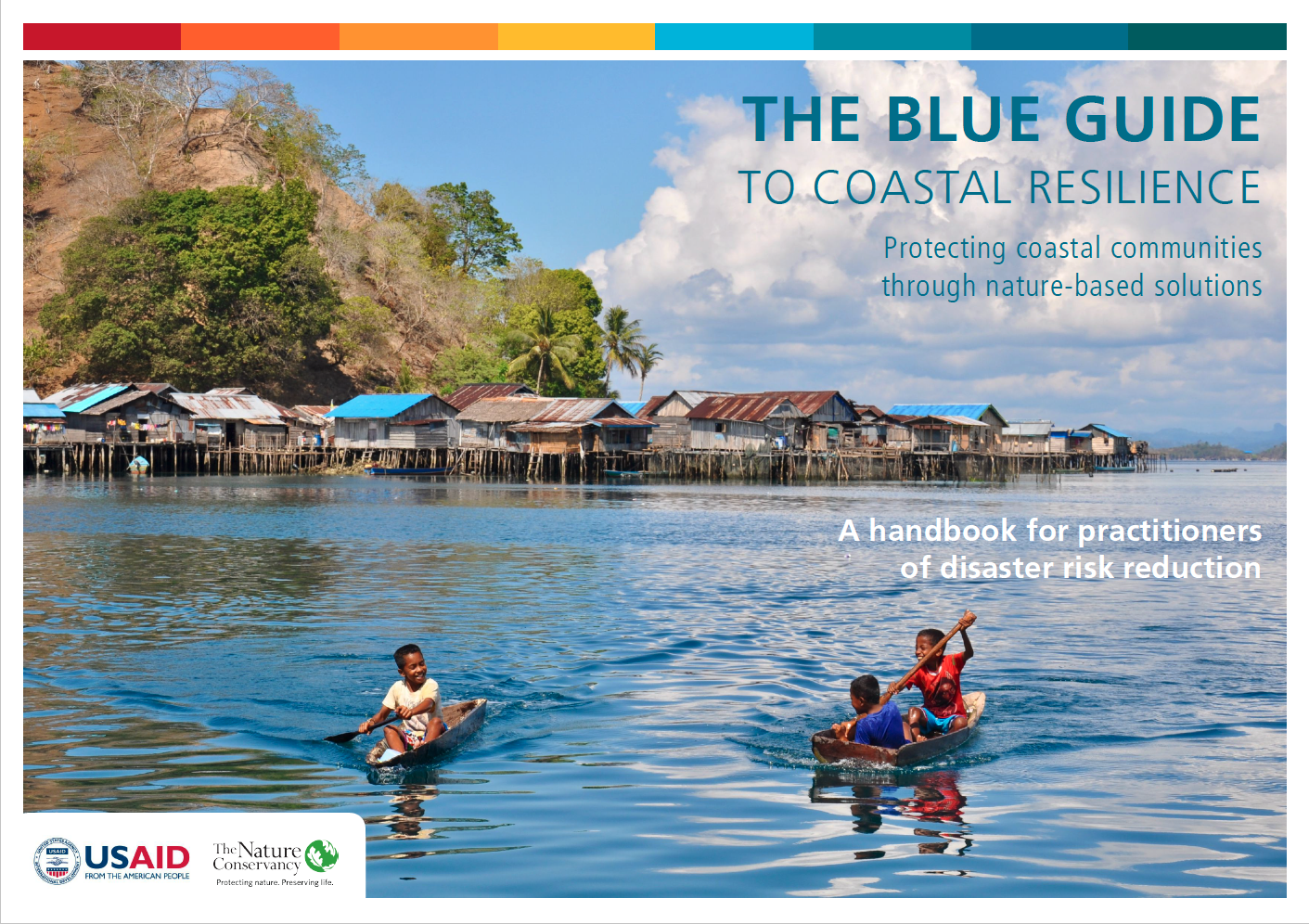Featured Stories
Sorry, we couldn't find any posts. Please try a different search.
Unpacking the Summer: Learning About Heat in Adelaide
Listening Over Coffee: Stories Behind the Data The Post-Event Review Capability (PERC), developed by the Zurich Climate Resilience Alliance, offers ...
From Assessment to Action: A New Tool to Support Urban Resilience
Cities around the world are stepping up efforts to reduce disaster risk and build resilience. While many tools help identify vulnerabilities, the chal...
Community-First Approach: How the American Red Cross Helps Build Disaster Resilience Where It’s Needed Most
Across the United States, the American Red Cross is working to reduce disaster risks and strengthen the long-term resilience of the most vulnerable co...
Scorched Future: The Rising Toll of Extreme Heat in the Philippines
Authors: Mia Grace Ligutan, Seth Sarmiento, Steven Villena, Cale Johnstone Rising temperatures in the Philippines, particularly in urban areas ...
Heat Action Day 2025 – Activities to #BeatTheHeat all around the World
On Monday, June 2, 2025, we celebrated the 4th edition of Heat Action Day (HAD). As the impact of Heat Action Day spreads, our influence is a joy to q...
Strengthening Risk Governance from the Ground Up: Nepal’s MDRGA Tool in Action
Authors: Bhesh Parajuli | Cale Johnstone | Anil Rai Local Solutions for Local Risks Disaster risk is most acutely felt—and most effectively managed�...
Telecross Redi: Heatwave Service
Extreme weather events pose significant risks to vulnerable populations, especially those who are isolated or have underlying health conditions. In re...
Pre-Financing Anticipatory Action: A Practical Guide for National Societies
Anticipatory action is expanding and being mainstreamed across the Red Cross Red Crescent Movement. As National Societies add more Early Action Protoc...
Double Jeopardy: Addressing compound flood and heatwave events
Compound events, such as floods and heatwaves occurring in close succession or simultaneously, can interact in a way that creates more severe outcomes...
Preparedness for winter weather and response by National Societies in Europe and Central Asia
This briefing note outlines common winter weather hazards experienced across Europe and Central Asia, and the ways in which National Societies are pre...
More Stories
 Filter
Filter
Originally posted on IFRC website: Geneva, 9 March 2021 – A new report released today documents an “invisible wall” that has blocked migrants fr...
On the latest International Day for Disaster Risk Reduction, the Albanian Red Cross partnered with the National Agency for Civil Protection, the Minis...
Traditional on-site and face-to-face resilience building activities are unavailable to humanitarian and development organizations due to the Coronavir...
Originally published on the IFRC website on March 16 2021. The International Federation of Red Cross and Red Crescent Societies (IFRC) report, Respon...
On the Path to End Gender Gap in Humanitarian Action One of the pressing issues consistently being brought to the floor of discussion is The Gender Ga...
The Global Disaster Preparedness Center (GDPC) continues to empower disaster risk reduction (DRR ) practitioners around the world through innovation a...
Floods affect more people globally than any other type of natural hazard. In the last ten years alone, floods have affected over 734 million people. M...
On February 2, 2021, the Nature Conservancy published The Blue Guide to Coastal Resilience that provides Disaster Risk Reduction (DRR) planners a�...
By Sam Johnson Program Lead, Youth Preparedness, American Red Cross Created by the American Red Cross, Pedro is a penguin who loves learning about h...
New DATA READINESS TOOLKIT aims to build data competencies across the Red Cross Red Crescent Movement The Global Disaster Preparedness Center (GDPC) h...


